
A Life in Cartoons – Growing Up and Working in the Cartoon Business
Cartoonist and longtime Wilton resident Brian Walker will give a PowerPoint presentation about growing up and working in the cartoon business. He has written, edited or contributed to forty-five books on cartoon art, including the definitive history, The Comics, The Complete Collection, as well as numerous exhibition catalogues and magazine articles.
Brian is part of the creative team that produces the comic strips Beetle Bailey and Hi and Lois. The setting for Hi and Loisresembles Wilton and often features familiar settings such as The Silvermine Market, Cobbs Mill Inn, Orem’s Diner, Scoops Ice Cream and the Silvermine Tavern.
Brian Walker has a diverse background in professional cartooning and cartoon scholarship. He is a founder and former director of the Museum of Cartoon Art, where he worked from 1974 to 1992. He taught a course in cartoon history at the School of Visual Arts from 1995 to 1996. He has served as curator for seventy-five cartoon exhibitions including three major retrospectives, The Sunday Funnies: 100 Years of Comics in American Life, at the Barnum Museum in Bridgeport, Connecticut, 100 Years of American Comics at the Belgian Center for Comic Art in Brussels and Masters of American Comics at the Hammer Museum and the Museum of Contemporary Art in Los Angeles. He was Editor-in-Chief of Collectors Showcase magazine from 1997 to 2000 and is the founder and current chairman of the Connecticut Chapter of the National Cartoonists Society.
Speaker suggested by Gehr Brown
Speaker Summary
Brian took us on an historical and often nostalgic journey through his, his famous father’s (Mort Walker), and his family’s lives as cartoonists focusing on the creation and sustained success of the Beetle Bailey and Hi and Lois comic strips. Interestingly, these two strips are “related” since Lois’ character was created as Beetle’s sister. Mort created Hi and Lois after the Korean War when he wasn’t sure how an army-based strip would perform in a post-war world, so he conceived a family-based strip for the times. In the end, these two strips were the only two of the nine he created over his lifetime that had sustained success. Along with his brothers, Brian has carried on the work of creating these strips.
Brian discussed his involvement in the development of an ill-fated Cartoon Museum and its progression through three stand-alone locations before ultimately finding a long-term home as part of the larger art museum at Ohio State University. As it turns out, the Cartoon Museum was Brian’s entry into the cartoon business. He had no intention to follow in his father’s footsteps (in fact, his college degree was in East African Culture), but he was “recruited” by his father to help create, manage, and curate the museum. This evolved into a career creating cartoons and writing books and curating exhibits about cartoons.
Brian shared that his father’s interest in cartoons began as a young child in Kansas City and grew into one of the most successful cartoon careers in the industry. Beetle Bailey grew out of Mort’s experience in army boot camp and the Sarge character was based on his own drill sergeant. He talked about the critical nature of being “true” to the characters the readers come to know and how this impacts what is and isn’t acceptable in a “gag” (the cartoonist’s word for a strip’s storyline). He also noted that Beetle never left Camp Swampy/was deployed because his dad didn’t think there was anything funny about warfare and the real work of the military.
Hi and Lois is a strip about family situations everyone can relate to. It is heavily based on the Wilton, CT area and locales (restaurants, stores, etc.) from his own life as a resident there. Brian noted that Fairfield County has always been a hotbed of industry talent with many well-known cartoonists making their homes in the area and feeding off each other as a powerful creative community for the genre.
Brian ended his formal talk with a video created by his son that provided an interesting insight into the process of creating comic strips. It was an informative and heart-warming look at how Mort Walker and his sons created their strips, starting with “gag conferences” to review and select storylines and ending with the final “inked” strip. It was interesting to note that each branded strip has a very distinctive style – in the case of Beetle Bailey, right down to the shape of the word/thought balloons.
Brian’s talk was followed by an extended Q&A session in which topics like the economics of the cartoon industry, how changes in where we get our news have impacted how and which strips are distributed, and an interesting discussion of how the movie studios have tried to translate strips into longer form cartoons with mixed results. Brian closed with a touching reference to being lucky to have worked so closely with his dad for most of his life and that he greatly admired that his dad, despite his success and acclaim, was known and respected for being a normal, nice guy.

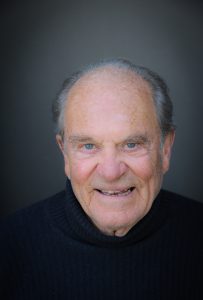
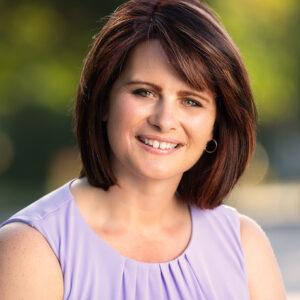
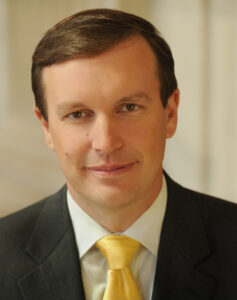
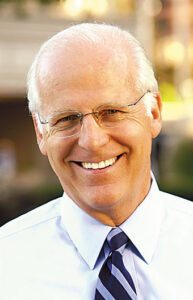
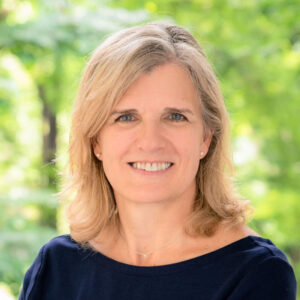
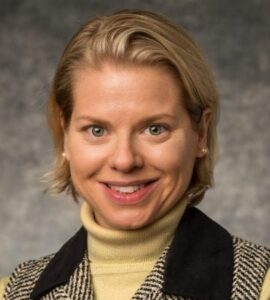
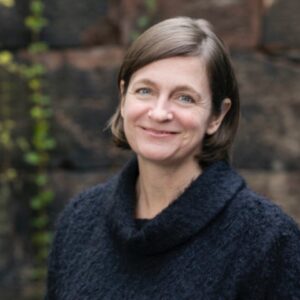
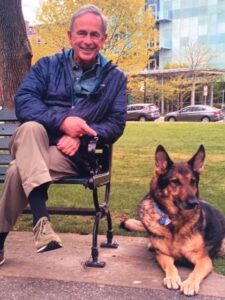
 The French and Indian War: The Role of Native Americans as a Prelude to the American Revolution
The French and Indian War: The Role of Native Americans as a Prelude to the American Revolution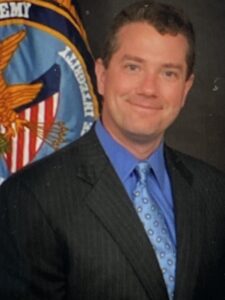 Darien School Safety and Security
Darien School Safety and Security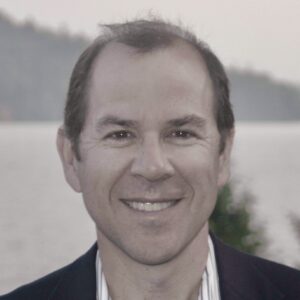 It’s Complicated: The Decision Around Dropping the Atomic Bombs on Japan.
It’s Complicated: The Decision Around Dropping the Atomic Bombs on Japan.